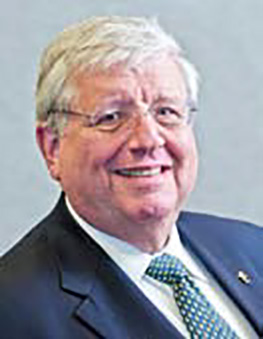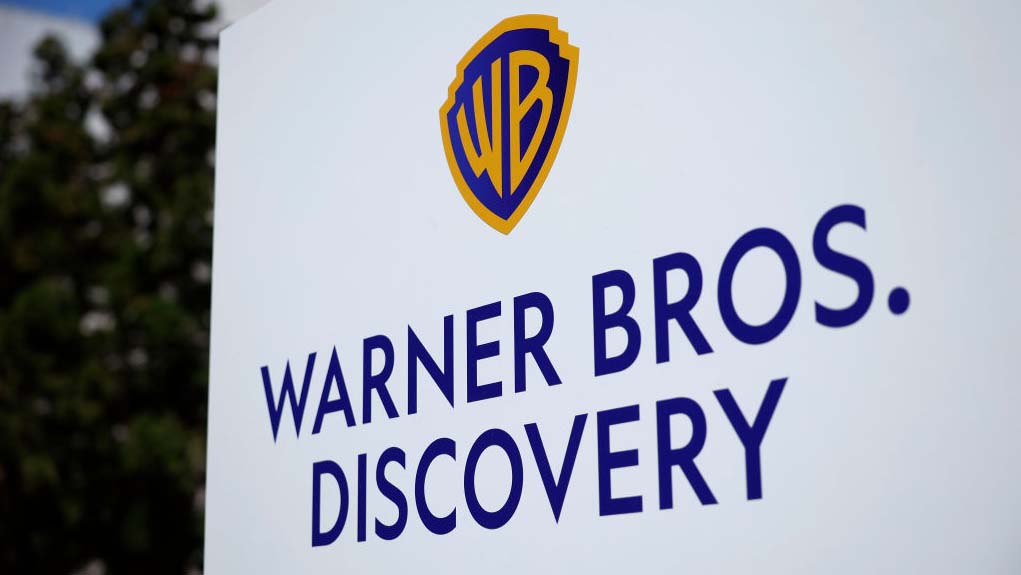Ready for YouTube’s Networks

Gary Arlen
BETHESDA, MD.— How often does an 18,000-attendee trade convention deal with “chaperone and parent” issues or offer free badges for “ages 8 and younger?” VidCon, which focused on all things YouTube, faced those logistics at its fifth annual conference and trade show at the Anaheim Convention Center in late June—reflecting the young demographics of the YouTube world.
More significantly, the scope of VidCon, up from 1,400 attendees in 2010, and the presence of major Hollywood studios— many of them already working with You- Tube—vividly recognized that network TV channels (or “multichannel networks,” “MCNs” as the industry dubs them) are no longer limited to the world of broadcasting and cable.
These online channels offer vast, well-watched networks and not just for the young.
VidCon took place amid a slew of developments that will further establish You- Tube’s networks as a viewing destination for digital audiences. At the conference and in the weeks afterwards, organizations in the YouTube universe unveiled plans that will solidify and inevitably expand the Google subsidiary’s role in the competitive viewing landscape, such as:
• The imminent debut of fee-based YouTube channels;
• Technical support programs from companies such as Dolby, RED and Samsung;
• Support for frame rates of 48- and 60-frames per second, which will boost the appearance of motion-intense scenes (especially valuable for video games);
• “Fan funding,” which enables supportive viewers to “tip” their favorite channels with sums from $1 to $500;
• “The YouTube 15,” a popular music hit list produced by SiriusXM. The weekly show, which debuted in early July, features the top music and video playlists, based on YouTube data;
• A plan by FullScreen, a YouTube network, to let “star” creators charge fans to see programs during an exclusive “viewing window” before non-paying viewers can access those videos;
• A service by Tubular, a digital marketing platform, that alerts YouTube creators via Twitter about how much viewing their content is receiving, and
• A subtitling translation service that will assist global viewers. With 60 percent of YouTube video views coming from outside a channel’s home country, YouTube wants to facilitate international access to content; field tests showed an 8 percent increase in views for the subtitled videos.
YouTube’s Space LA supports the production of videos by up-and-coming producers. AND THERE’S MORE
Moreover, several new research reports confirm the strength of YouTube viewership. For example, Adroit Digital, a media buying agency specializing in programmatic buying, contends that more people watch YouTube videos (68 percent of respondents to its April survey) than watch live broadcast TV shows (50 percent). Adroit’s free report, “Online Video: Look Who’s Watching Now,” acknowledges that with digital video recorder viewing (30 percent of respondents), the overall TV audience is far larger; but it makes the point that broadband video viewing has become a significant alternative/addition to conventional TV.

Admittedly, the short viewing times for YouTube and similar broadband videos, as noted in the Adroit study, differ substantially from the broadcast and cable viewing experience. Nonetheless, with its dedicated channels and high-profile, targeted content, YouTube increasingly is becoming a part of the “TV network” array.
The professional video industry's #1 source for news, trends and product and tech information. Sign up below.
Under those conditions, not surprisingly, legacy TV companies are buying into the broadband MCN juggernaut. For example, “Tastemade,” a network of online food channels that run on YouTube, recently received a $25 million investment from, among others, Liberty Media and Scripps Networks Interactive (the same parent company that owns Food Network, Cooking Channel and Food.com). The two-year-old online network company positions itself in contrast with legacy TV channels:
“A generation ago the cable industry launched category-defining brands in food and lifestyle,” Tastemade explains on its website. “We believe the same opportunity exists for today’s global, social and mobile digital platforms.”
At the VidCon convention, which attracted far more grownups than the chaperoned teens and younger creators, Dream- Works Animation CEO Jeffrey Katzenberg described an “ocean of opportunity” and called “this world of short-form video... an amazing place to create laughter.” He and other VidCon speakers focused on the expanding number of channels that YouTube carries, thus fulfilling the company’s plan to re-invent the TV structure, but with a broader array of branded channels.
Katzenberg acknowledged that “monetizing [this platform] is still a struggle.” But he expects to see within five years, that first-rate content will “migrate up to the top of the pyramid,” with 5 percent of video creators generating “95 percent of the value.”
To back up his enthusiastic predictions, the DreamWorks mogul has committed substantial resources to YouTube’s online video lineup. In particular, Katzenberg cited his studio’s $33 million purchase last year of Awesomeness TV a U.S.-based sketch comedy reality series. More significantly, DreamWorks Animation has turned over to Awesomeness some of its valuable properties, such as “Shrek” and “Po the Panda” along with characters from its recent Classic Media library for Awesomeness to create short, animated productions.
HELPING THE VIDEO CREATORS
In addition to the activity in Anaheim, the week included updates at YouTube Space LA, a two-year-old production venue near Venice. The Dolby Institute, in collaboration with RED Digital Cinema, offered a two-day workshop on tactics and techniques to improve video images and audio. YouTube’s “Space LA,” like similar facilities in New York, London and Tokyo, supports the production of videos by up-and-coming producers.
Dolby Institute Director Glenn Kiser was quoted characterizing the training program as one that encouraged participants to “think much more critically about sound as they head out to shoot their next round of projects.”
Meanwhile, back at VidCon, the sponsor and participant list offered evidence about the attention that legacy media companies and advertisers are devoting to broadband video. NBC Universal, Disney (via its recently acquired $500 million online video Maker Studio), Endemol Beyond USA, a unit of the global production and TV program licensing company, and HLN (the Time- Warner network formerly known as CNN’s Headline News, now repositioning itself as a social media network), were on hand, as were sponsors such as Kia Motors, Samsung, Best Buy and Taco Bell.
YouTube CEO Susan Wojcicki, who assumed the top role five months ago and was making her first appearance before the core creative community, promised VidCon attendees that, “The whole platform is being redone in a way that’s never been done before.”
She described the revamps and new features as ways to engage a bigger and global audience, build a successful business and manage creative work.
In other words, YouTube is beginning to look a lot like television.
Gary Arlen is president of Arlen Communications LLC, a research and consulting firm. He can be reached atwww.ArlenCom.com.
Gary Arlen, a contributor to Broadcasting & Cable, NextTV and TV Tech, is known for his visionary insights into the convergence of media + telecom + content + technology. His perspectives on public/tech policy, marketing and audience measurement have added to the value of his research and analyses of emerging interactive and broadband services. Gary was founder/editor/publisher of Interactivity Report, TeleServices Report and other influential newsletters; he was the long-time “curmudgeon” columnist for Multichannel News as well as a regular contributor to AdMap, Washington Technology and Telecommunications Reports; Gary writes regularly about trends and media/marketing for the Consumer Technology Association's i3 magazine plus several blogs.

